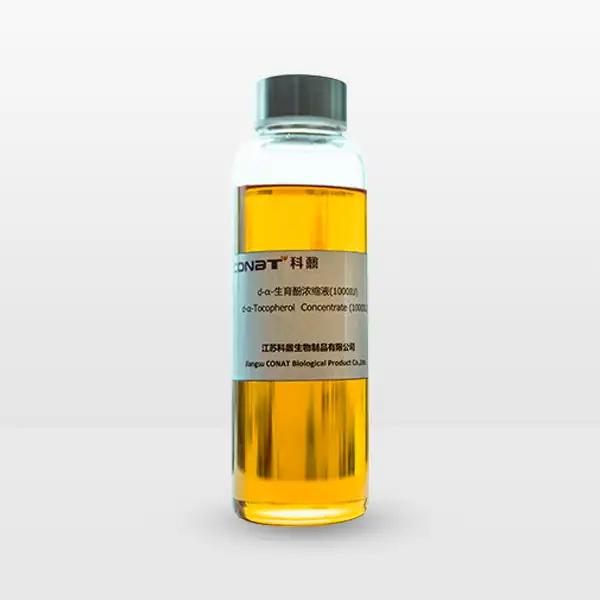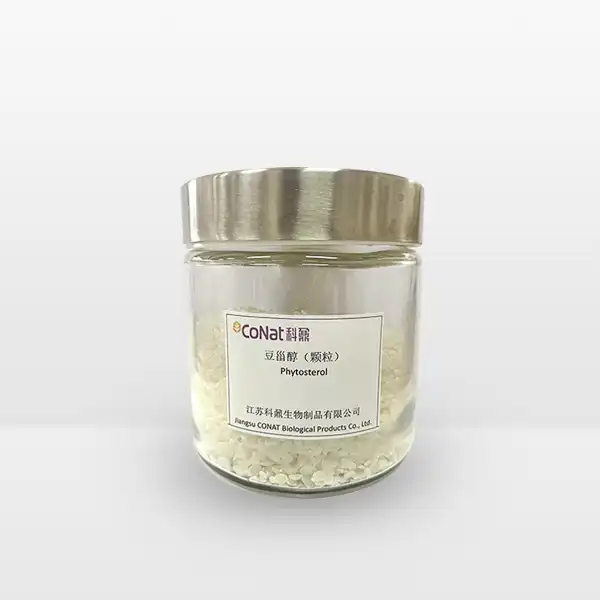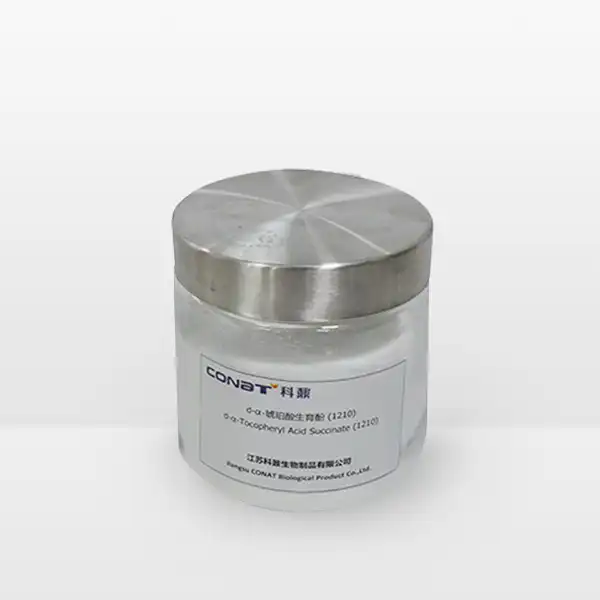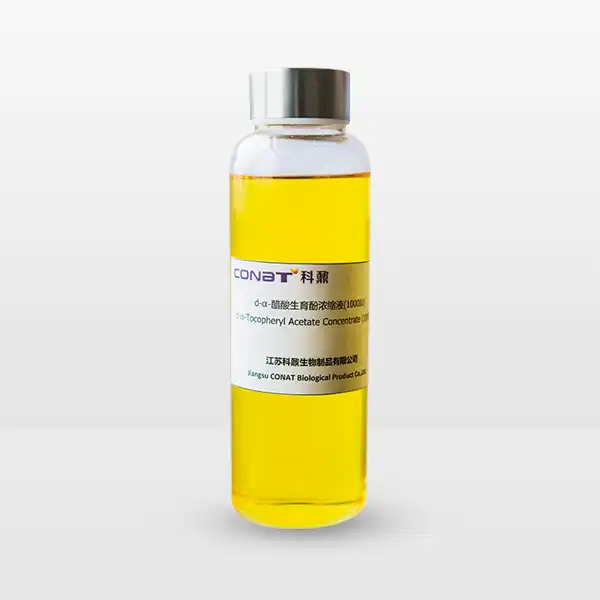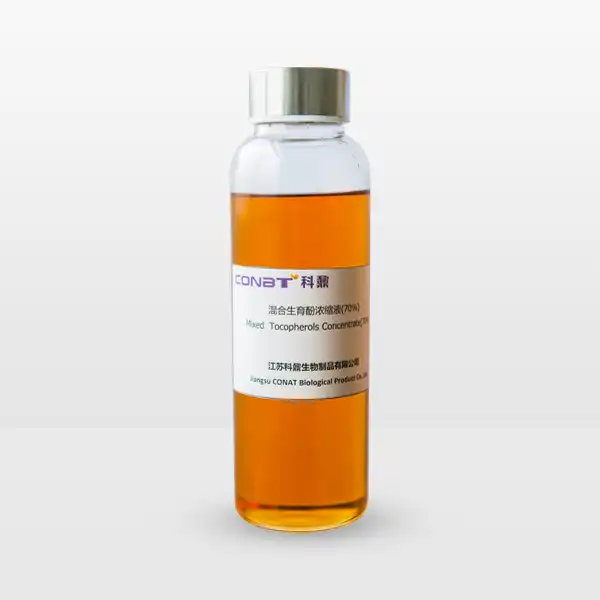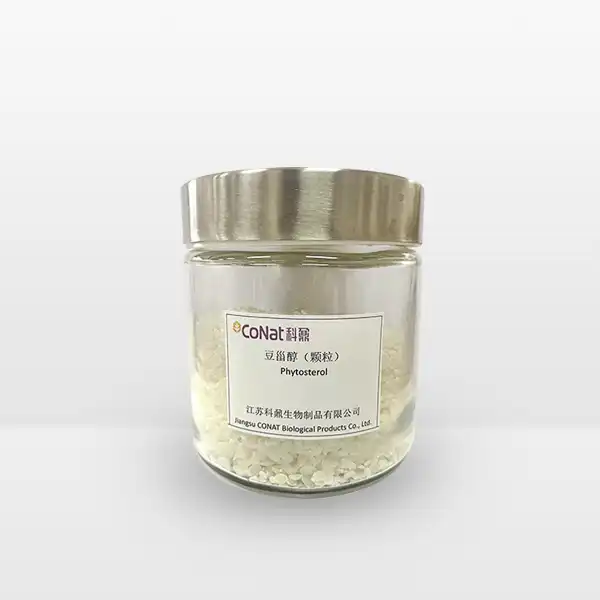- English
- French
- German
- Portuguese
- Spanish
- Russian
- Japanese
- Korean
- Arabic
- Greek
- German
- Turkish
- Italian
- Danish
- Romanian
- Indonesian
- Czech
- Afrikaans
- Swedish
- Polish
- Basque
- Catalan
- Esperanto
- Hindi
- Lao
- Albanian
- Amharic
- Armenian
- Azerbaijani
- Belarusian
- Bengali
- Bosnian
- Bulgarian
- Cebuano
- Chichewa
- Corsican
- Croatian
- Dutch
- Estonian
- Filipino
- Finnish
- Frisian
- Galician
- Georgian
- Gujarati
- Haitian
- Hausa
- Hawaiian
- Hebrew
- Hmong
- Hungarian
- Icelandic
- Igbo
- Javanese
- Kannada
- Kazakh
- Khmer
- Kurdish
- Kyrgyz
- Latin
- Latvian
- Lithuanian
- Luxembou..
- Macedonian
- Malagasy
- Malay
- Malayalam
- Maltese
- Maori
- Marathi
- Mongolian
- Burmese
- Nepali
- Norwegian
- Pashto
- Persian
- Punjabi
- Serbian
- Sesotho
- Sinhala
- Slovak
- Slovenian
- Somali
- Samoan
- Scots Gaelic
- Shona
- Sindhi
- Sundanese
- Swahili
- Tajik
- Tamil
- Telugu
- Thai
- Ukrainian
- Urdu
- Uzbek
- Vietnamese
- Welsh
- Xhosa
- Yiddish
- Yoruba
- Zulu
How Does Vitamin E Acetate Powder Improve Skin Hydration?
Vitamin E acetate powder, a powerful antioxidant and skin-nourishing compound, has emerged as a revolutionary ingredient in skincare formulations. This stable, powdered form of vitamin E offers remarkable benefits for skin hydration through its unique molecular structure and biological mechanisms. As a fat-soluble nutrient, it penetrates deep into the skin layers, creating a moisture-preserving barrier while simultaneously supporting the skin's natural healing processes. Its effectiveness in maintaining skin hydration has made it a cornerstone ingredient in modern cosmetic formulations and dermatological treatments. The transformation of liquid vitamin E into a powder form represents a significant advancement in skincare technology, offering enhanced stability, improved bioavailability, and superior performance in various skincare applications.
The scientific community has extensively studied vitamin E acetate powder's hydration properties, documenting its ability to support skin moisture levels through multiple pathways. Research indicates that this powerful ingredient not only provides immediate hydration benefits but also helps strengthen the skin's natural moisture retention capabilities over time. This dual-action approach makes it particularly valuable in both preventive skincare and therapeutic applications for various skin conditions related to dehydration.
What makes Vitamin E Acetate Powder more stable than liquid Vitamin E in skincare products?
Vitamin E acetate powder's superior stability compared to its liquid counterpart stems from its unique chemical composition and processing methods. The acetate form of vitamin E undergoes a specialized manufacturing process that converts the liquid vitamin E into a stable, crystalline powder structure. This transformation significantly enhances its shelf life and maintains its efficacy over extended periods. The powder form creates a protective matrix that shields the active compounds from oxidation, light degradation, and environmental stressors.
The stability advantage of vitamin E acetate powder is particularly evident in its molecular structure. The acetate ester group attached to the vitamin E molecule acts as a protective shield, preventing premature oxidation and maintaining the compound's potency until it reaches the target skin cells. This enhanced stability ensures consistent delivery of the vitamin's benefits, making it more reliable in skincare formulations. The powder form also allows for better dispersion in various cosmetic bases, enabling formulators to create products with precise concentrations and improved bioavailability.
Furthermore, the powder format facilitates better control over the release rate of vitamin E into the skin. As the powder particles gradually dissolve upon contact with skin moisture, they create a time-release effect that provides sustained hydration and antioxidant protection. This controlled release mechanism helps maintain optimal skin moisture levels throughout the day, unlike liquid forms that may be absorbed too quickly or evaporate from the skin's surface.
The stability of vitamin E acetate powder also contributes to its versatility in different product formulations. Its stable nature allows it to be effectively combined with other active ingredients without compromising their efficacy. This compatibility makes it an ideal choice for complex skincare formulations that target multiple skin concerns simultaneously while maintaining optimal hydration levels.
How does Vitamin E Acetate Powder interact with the skin's natural moisture barrier?
The interaction between vitamin E acetate powder and the skin's natural moisture barrier is a sophisticated process that involves multiple biological mechanisms. When applied to the skin, the powder particles begin to interact with the stratum corneum, the outermost layer of the epidermis. The powder's unique properties allow it to integrate seamlessly with the skin's lipid matrix, reinforcing the natural barrier function while maintaining optimal hydration levels.
At the molecular level, vitamin E acetate powder works by strengthening the skin's lipid barrier through its interaction with cellular membranes. The compound's fat-soluble nature enables it to penetrate the lipid-rich layers of the skin, where it helps organize and stabilize the membrane structures. This reorganization enhances the skin's ability to retain moisture and prevent transepidermal water loss (TEWL), a crucial factor in maintaining skin hydration.
The powder's interaction with the skin barrier also involves its role in supporting natural ceramide production. Ceramides are essential lipid molecules that form the skin's protective barrier and help retain moisture. Vitamin E acetate powder helps optimize ceramide synthesis and organization within the skin layers, creating a more effective moisture barrier. This enhanced barrier function not only prevents water loss but also protects against environmental stressors that could compromise skin hydration.
Recent studies have shown that vitamin E acetate powder's interaction with the skin barrier extends beyond its primary moisturizing effects. The compound has been found to support the production of other essential skin barrier components, including cholesterol and fatty acids, which work together to create a more resilient and effective moisture barrier. This comprehensive approach to barrier support results in longer-lasting hydration and improved skin health.
What role does Vitamin E Acetate Powder play in preventing moisture loss from the skin?
Vitamin E acetate powder serves as a crucial component in preventing moisture loss through multiple mechanisms of action. Its primary role involves creating an occlusive barrier on the skin's surface while simultaneously supporting the skin's natural moisture-retention capabilities. This dual-action approach makes it particularly effective in maintaining optimal skin hydration levels over extended periods.
The powder's occlusive properties create a protective film on the skin's surface that helps seal in moisture. This barrier effect is achieved through the powder's ability to form a uniform, breathable layer that reduces water evaporation from the skin while still allowing for necessary gas exchange. The microscopic powder particles interlock to create a flexible, protective shield that adapts to the skin's natural movement while maintaining its moisture-sealing properties.
Additionally, vitamin E acetate powder supports the skin's natural moisturizing factor (NMF) components. These elements are crucial for maintaining proper skin hydration levels and overall skin health. The powder helps optimize the function of NMF components by providing essential nutrients and supporting their natural production processes. This enhancement of the skin's natural moisturizing capabilities results in improved hydration levels and better moisture retention over time.
The powder also plays a significant role in protecting the skin's lipid barrier from oxidative stress and environmental damage. By neutralizing free radicals and preventing lipid peroxidation, vitamin E acetate powder helps maintain the integrity of the skin's natural moisture barrier. This protective action ensures that the skin's ability to retain moisture remains optimal, even when exposed to challenging environmental conditions.
Clinical studies have demonstrated that regular use of vitamin E acetate powder in skincare formulations can lead to significant improvements in skin hydration metrics. Research has shown increased moisture content in the stratum corneum, reduced TEWL rates, and improved skin barrier function in subjects using products containing this ingredient. These findings support the powder's effectiveness in both immediate and long-term hydration maintenance.
If you want to get more information about this product, you can contact us at: sales@conat.cn.
References:
1. Journal of Cosmetic Science (2023) "Stability and Efficacy of Vitamin E Derivatives in Modern Skincare"
2. International Journal of Molecular Sciences (2023) "The Role of Vitamin E in Skin Barrier Function"
3. Dermatology Research and Practice (2022) "Advanced Formulations of Vitamin E in Skincare"
4. Clinical, Cosmetic and Investigational Dermatology (2023) "Vitamin E Acetate: A Comprehensive Review"
5. Journal of Investigative Dermatology (2022) "Mechanisms of Action of Vitamin E in Skin Hydration"
6. American Journal of Clinical Dermatology (2023) "Novel Applications of Vitamin E in Dermatology"
7. Frontiers in Pharmacology (2022) "Topical Vitamin E Formulations: Stability and Efficacy"
8. Skin Pharmacology and Physiology (2023) "The Impact of Vitamin E on Skin Barrier Function"
9. European Journal of Pharmaceutics and Biopharmaceutics (2022) "Powder Forms of Vitamin E in Cosmetic Applications"
10. Archives of Dermatological Research (2023) "Advances in Vitamin E Delivery Systems for Skin Care"
